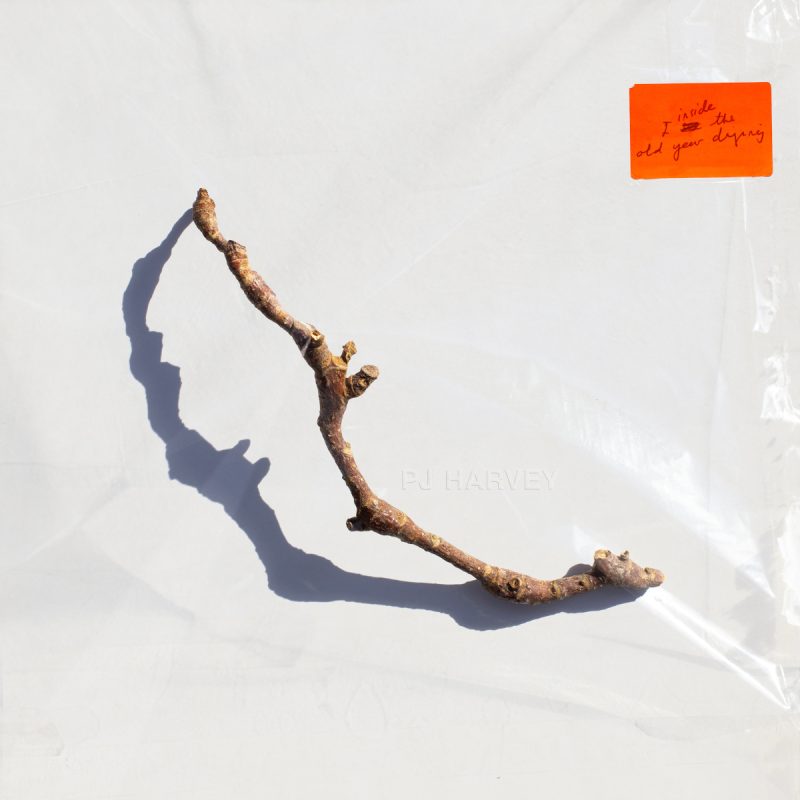
Partisan Records. Availability: CD, LP, Digital. Time, 39:39.
P.J. Harvey is one of those artists who reinvent themselves periodically. Her last album, 2016’s ‘The Hope Six Demolition Project’, was overtly political, dealing with human traumas from war to an ill-advised slum clearance project. But now, 7 years later, she’s back with a very different set.
The new record might be called a concept album in that it revolves round the artist’s own 2022 epic poem ‘Orlam’: the story of a girl called Ira as she grows into adolescence and begins to feel the stirring of adult feelings. That said, it’s not necessary to have read the poem to appreciate the music, although it no doubt helps.
The music is not folk, but it does have a strong air of Medieval mysticism about it. Like the poem, the lyrics are largely written in the old dialect of Harvey’s home county of Dorset. Even native English speakers may have difficulty with some of the words, but fortunately the lyric sheets which come with the physical versions contain a helpful glossary.
The lyrics follow the cycle of the year, if in a somewhat random order, with something of a bias towards autumn and winter. They also contain quotes from other writers, including Shakespeare, Keats and Coleridge, not to mention lines from Elvis songs. In addition, despite the Old English, almost ‘Wicker Man’ atmosphere, with references to a young woman being burned at the stake in ‘The Nether-edge’, there are mentions of more modern concepts from Pepsi and peanut butter sandwiches to the school bus.
The music tends towards the eerie. This has long been a feel at which Harvey excels, as in classic tracks such as ‘The River’. But this is different. For a start, Harvey’s voice is pitched higher than usual, sometimes to the point of falsetto, no doubt to reflect the child main character: the Ira of the poem. A good example here being ‘Lwonesome Tonight’. Her singing is also processed and/or multi-tracked at times, or accompanied by a male voice. The latter is provided by co-producer John Parish and matches Harvey well in tracks such as ‘A Child’s Question, August’. Indeed in songs like ‘August’ and ‘A Child’s Question, July’ they almost become a dialogue.
Many of the accompaniments are distinctly stripped down. Indeed ‘Seem am I’ has an a-cappella opening. Elsewhere, piano and nylon strung acoustic guitar loom large, often with a simple underlay of synth. Electric guitar is often echoey and ambient sounds from birdsong, the buzz of insects and children playing all help to provide gentle, but sometimes spooky dreamscapes to go with lyrical accounts of the devil, Halloween, birds of ill-omen and dead children.
This is a fascinating record. Longstanding Harvey fans might need a few plays to become fully immersed in the gentler, more moody feel, but trust us, it’s well worth it. It’s gloriously atmospheric, if a little disquieting at times. Oh and if you still want a bit of the older edgy and discordant sound, then catch the closing track ‘A Noiseless Noise’.
This may be different to anything Harvey has done before, but it’s a wonderful album nonetheless.
Hera Says.
‘Hera Says’ has a Facebook page at: https://www.facebook.com/hera.saysso.3

